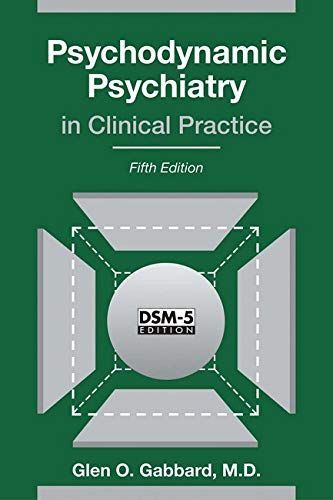
Psychodynamic Psychiatry in Clinical Practice
It is difficult to improve on a classic, but the fifth edition of Psychodynamic Psychiatry in Clinical Practice does just that, offering the updates readers expect with a deft reorganization that integrates DSM-5® with the author's emphasis on psychodynamic thinking. The individual patient is never sacrificed to the diagnostic category, yet clinicians will find the guidance they need to apply DSM-5® appropriately. Each chapter has been systematically updated to reflect the myriad and manifold changes in the 9 years since the previous edition's publication. All 19 chapters have new references and cutting-edge material that will prepare psychiatrists and residents to treat patients with compassion and skill. The book offers the following features: Each chapter integrates new neurobiological findings with psychodynamic understanding so that clinicians can approach their patients with a truly biopsychosocial treatment plan. Excellent writing and an intuitive structure make complicated psychodynamic concepts easy to understand so that readers can grasp the practical application of theory in everyday practice. The book links clinical understanding to the new DSM-5® nomenclature so that clinicians and trainees can adapt psychodynamic thinking to the new conceptual models of disorders. New coverage of psychodynamic thinking with relation to the treatment of patients on the autism spectrum addresses an increasingly important practice area. Posttraumatic stress and dissociative disorders have been combined to allow for integrated coverage of primary psychiatric disorders related to trauma and stressors. A boon to clinicians in training and practice, the book has been meticulously edited and grounded in the latest research. The author firmly believes that clinicians must not lose the complexities of the person in the process of helping the patient. Psychodynamic Psychiatry in Clinical Practice, Fifth Edition, keeps this approach front and center as it engages, instructs, and exhorts the reader in the thoughtful, humane practice of psychodynamic psychiatry.